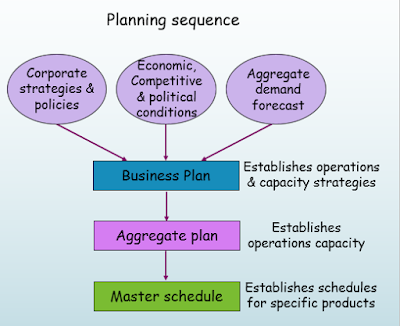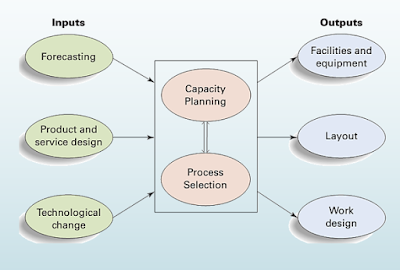Acceptance Sampling
Acceptance sampling is concerned with inspection and
decision making regarding the entire lot/production/shipment
- A form of inspection used to accept or reject whole lot based on sample information
- Not consistent with TQM or Zero Defects philosophy
- Producer & customer agree on the number of acceptable defects
- A means of identifying not preventing poor quality




































